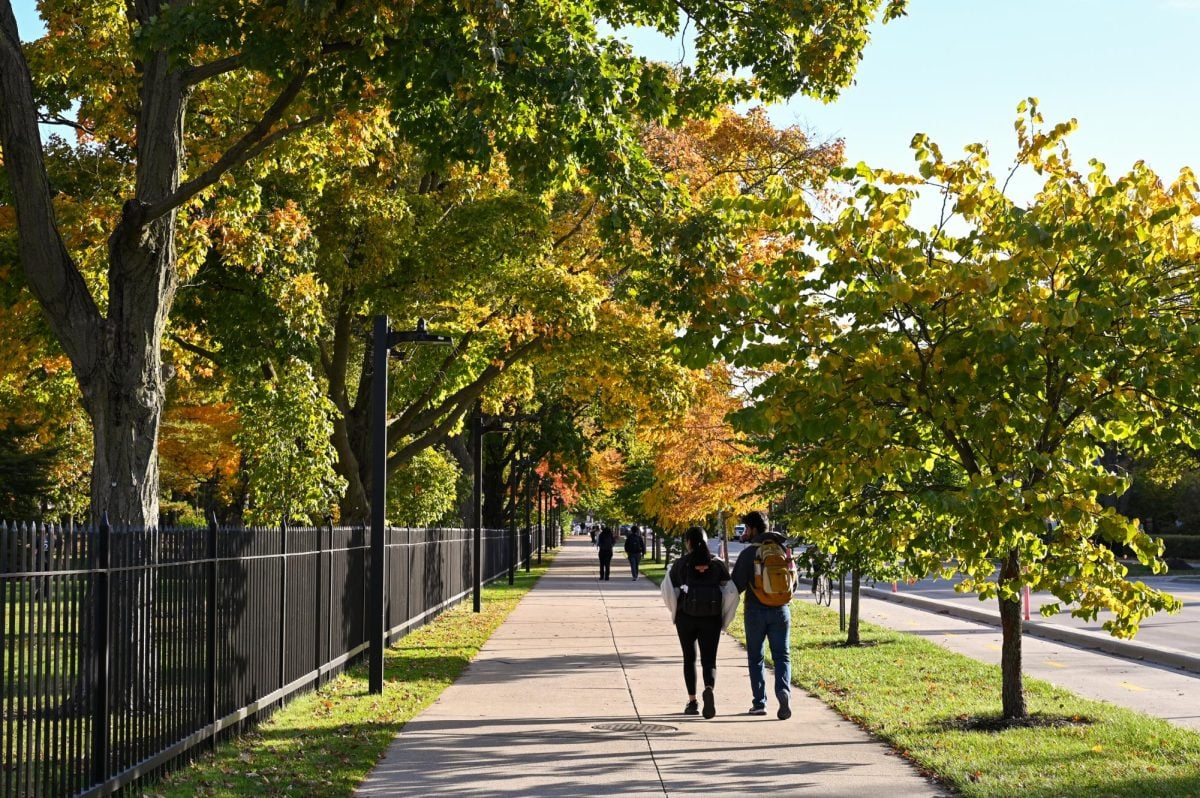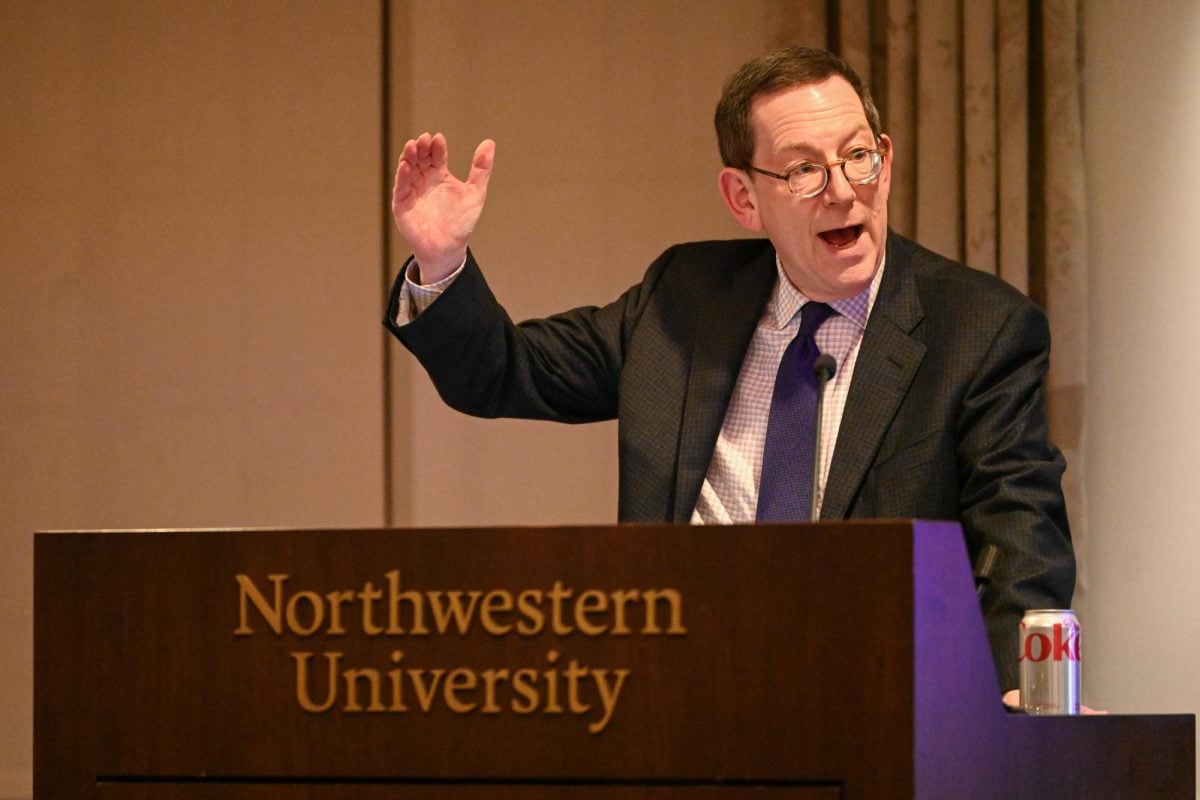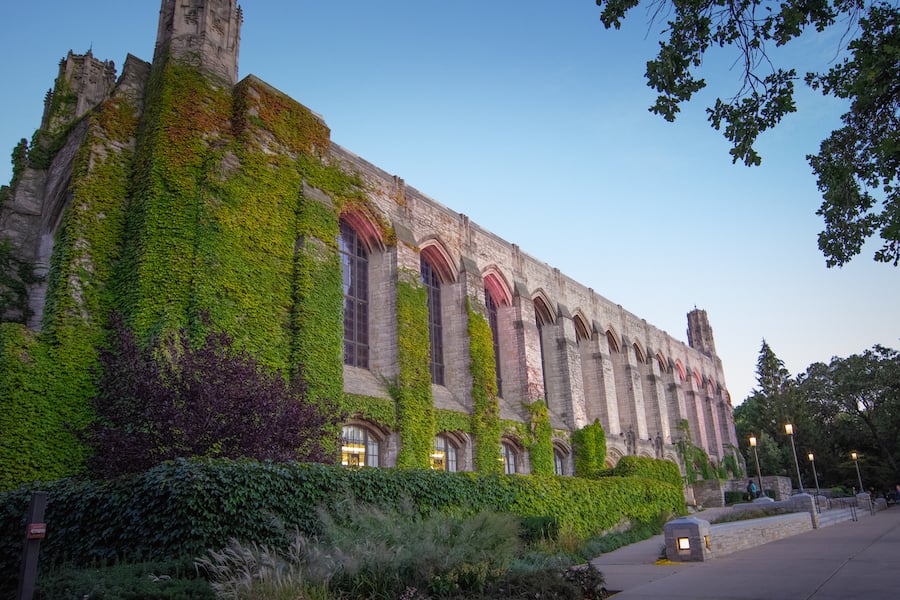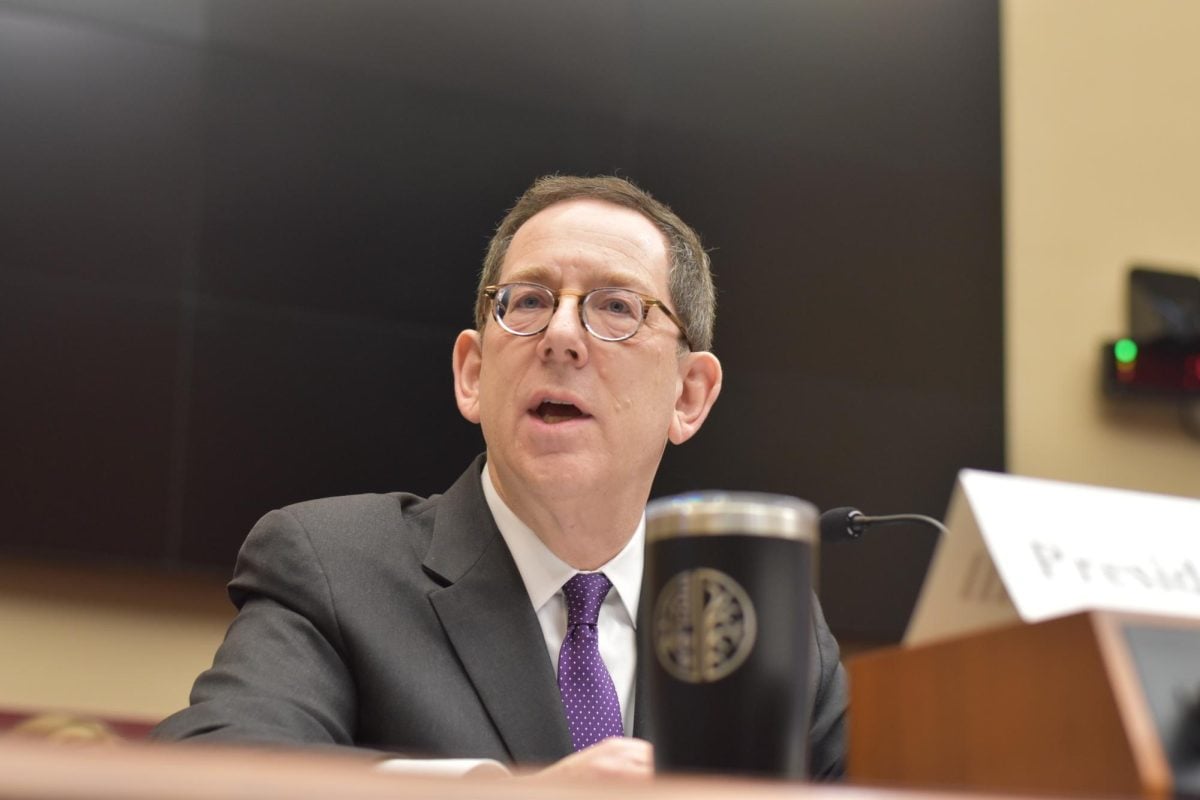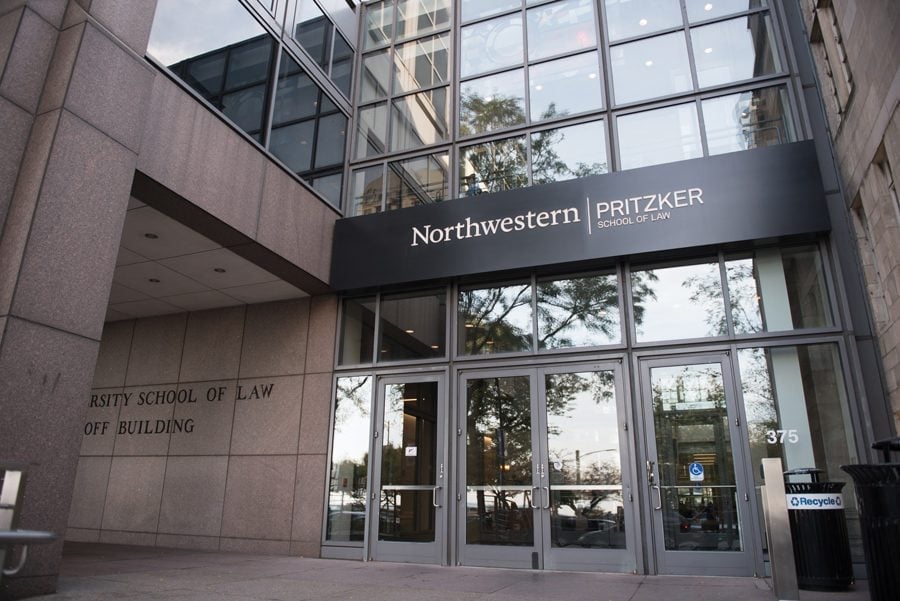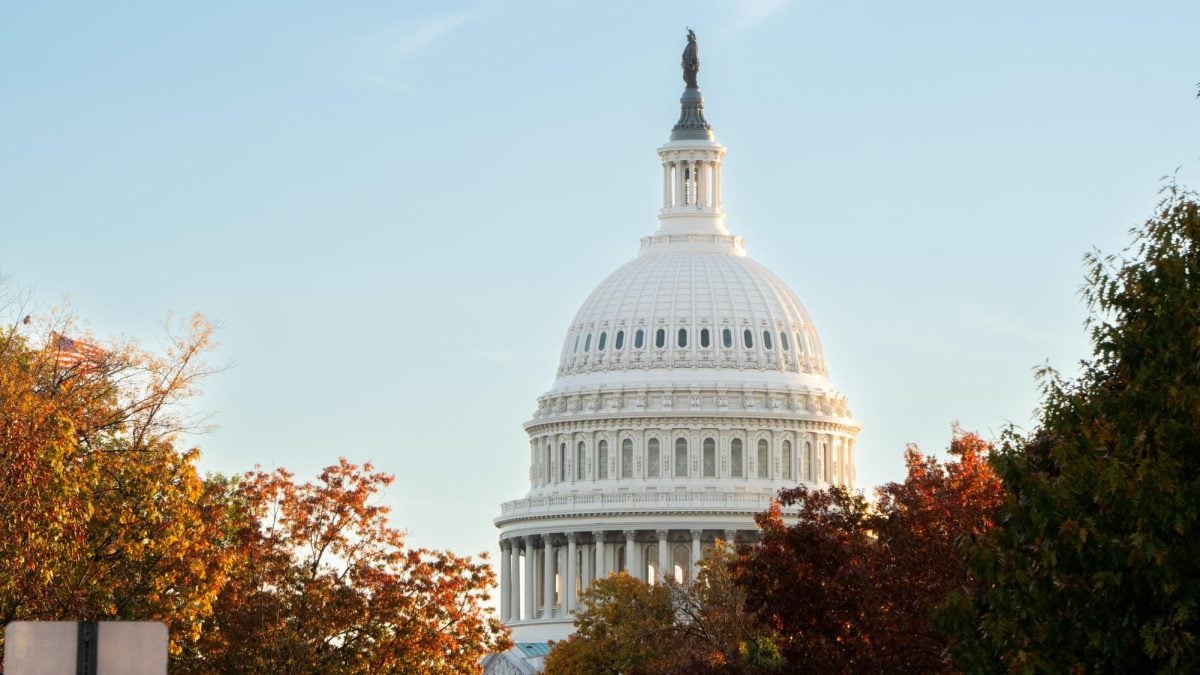The official unveiling of Northwestern’s strategic plan drew more than 200 students, faculty and other attendees who spilled into the aisles of the James L. Allen Center’s McCormick Auditorium on Tuesday.
At the presentation, University President Morton Schapiro said he hoped the plan is “specific,” “strategic,” “realistic” and “compelling.” The plan incorporated the collaboration of students, faculty and other community members in order to garner as many ideas as possible, Schapiro said.
“You have to open up the process,” Schapiro said.
The plan, released after almost two years of planning and involving about 140 NU community members, details the main goals for the University’s future over the next 10 years. The plan has four main pillars: combining learning in and out of the classroom, creating a more inclusive and united community on campus, fostering creative research in various disciplines and connecting NU with Chicago and the world.
After Schapiro’s opening remarks, Provost Daniel Linzer presented an in-depth analysis of each pillar of the strategic plan.
One of the plan’s goals is to increase research in multiple disciplines, including nanoscience, biomedical sciences, global health, writing and oral expression, performing arts and international studies.
Unlike other peer institutions, Linzer said, NU is proud of its emphasis on both theory and practice in its curriculum.
“Theory and practice is our culture and what we embrace in this plan,” he said.
To integrate classroom work with real-world experience, the plan outlines steps such as teaching across schools and an academic experience that does not stop during breaks between quarters.
The strategic plan addresses diversity and connections between current students and alumni in order to create a more inclusive, united community, Linzer said. Traditions such as March Thru the Arch and the annual fall music concert, he said, also help foster a sense of community throughout campus.
“All of these are very important in building a sense of togetherness and identity,” Linzer said.
Communication sophomore Monica Yi said she was hoping for more from the presentation and plan, and said the presentation on community was the most difficult to understand.
“(It was) predictably bureaucratic and very vague,” Yi said. “I think the community building may have been the vaguest part.”
Although the University aims to create more partnerships around the world, Linzer said it must choose its next global ventures with caution.
“We are a global university, but how do we invest strategically?” he said.
After the presentation, the provost and president fielded questions from the audience. Some of these questions concerned connecting the Evanston and Chicago campuses, emphasizing interdisciplinary programs and engaging alumni who live outside of the United States.
Fiona Murphy (WCAS ‘93) asked Linzer and Schapiro if the University will start initiatives to bring more alumni to campus to connect with students. She said the plan’s goals regarding alumni relations is one of its integral components, especially because it will affect the lives of students in the near future.
“The alumni basis is the most exciting thing to come out of that plan,” Murphy said.
At a reception held after the meeting, some students said they were impressed with the overall plan for the University.
Weinberg senior Katherine Dearing said she admired some of the plan’s academic goals, such as an increased emphasis on the study abroad program, but there were still some questions left unanswered.
“It’s really interesting that there’s nothing about Evanston,” Dearing said.
Schapiro emphasized the importance of incorporating the entire community into the implementation of the strategic plan.
“This is a living document,” Schapiro said. “You can’t inflict a strategic plan on a community.”
